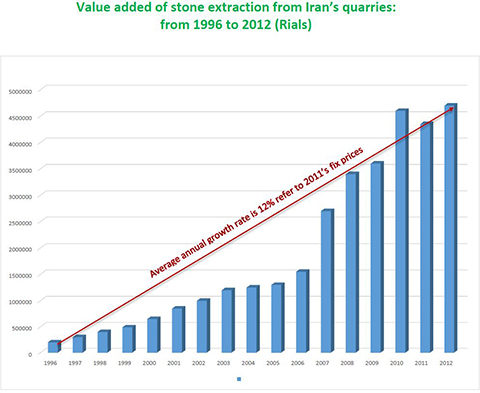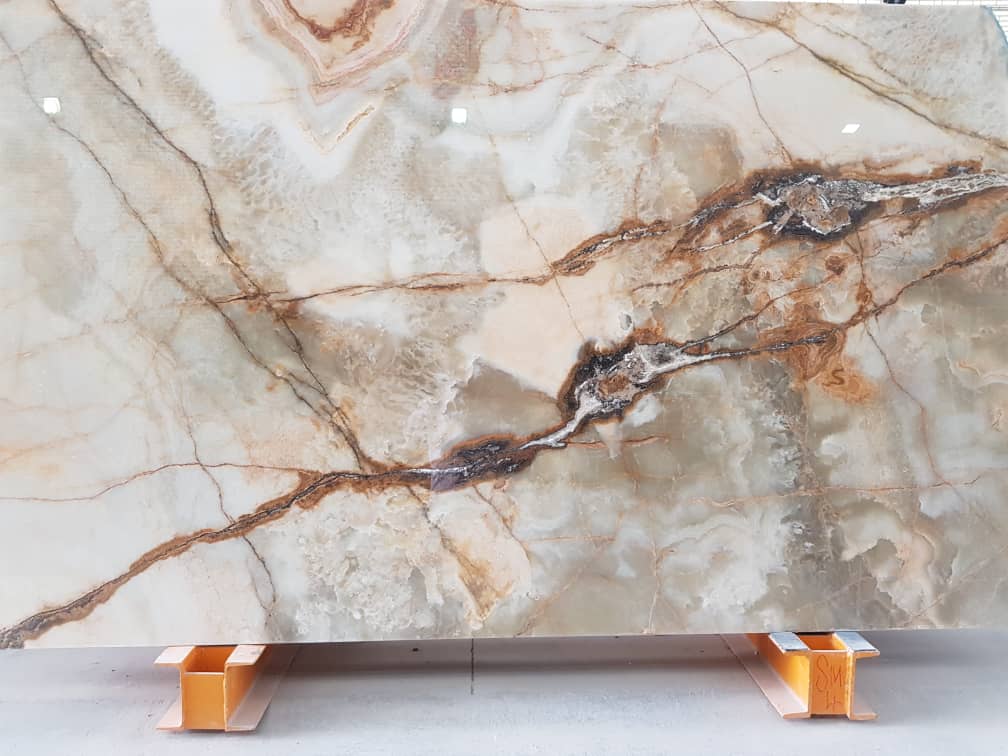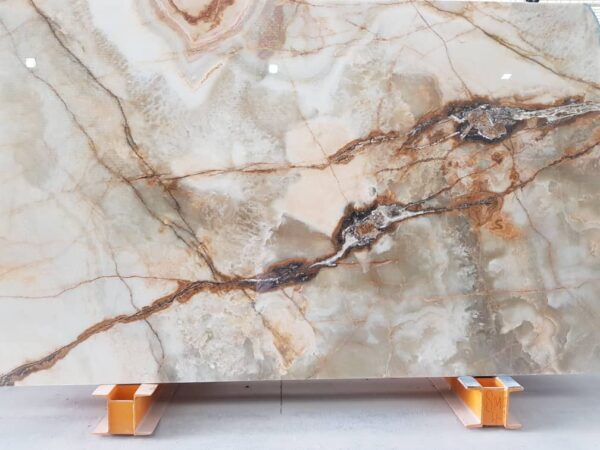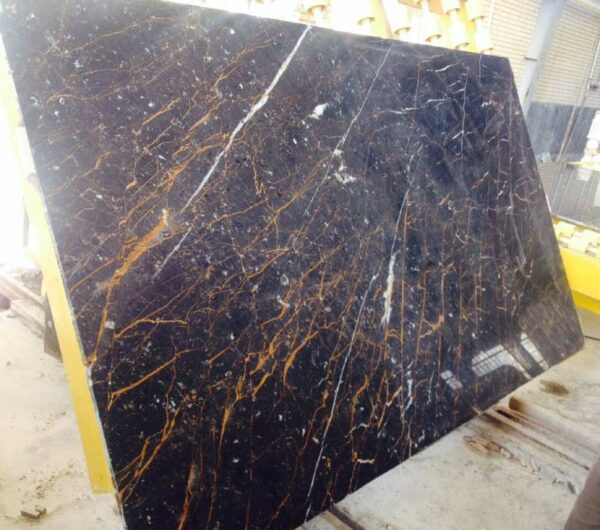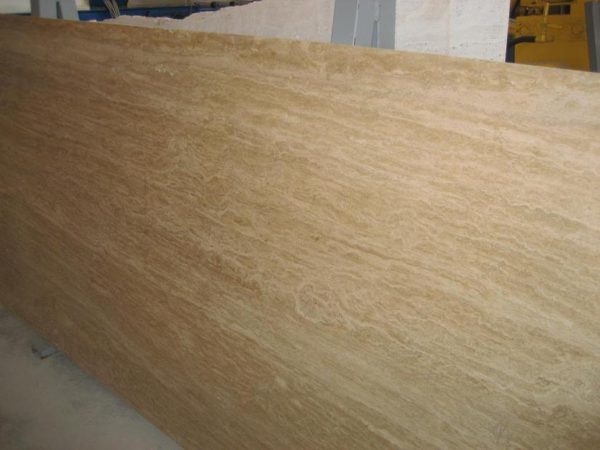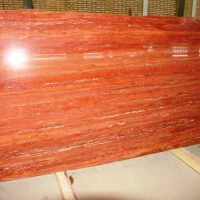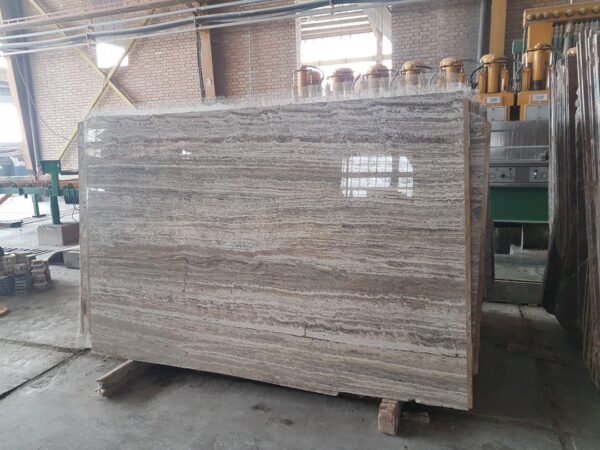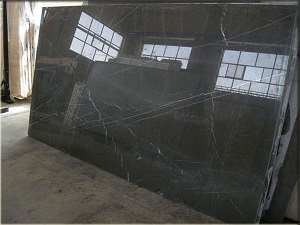Unveiling the Composition of Travertine Stone
Travertine stone is a natural wonder renowned for its timeless beauty and diverse applications. Understanding its composition, including raw travertine stone, and exploring its uses, including glazed travertine tiles, reveals the captivating world of this ancient material.
This article embarks on a journey through the realm of travertine stone. Travertine stone is a captivating natural material that has been used for centuries in construction and design.
Its timeless appeal and versatility make it a sought-after choice for various applications. In this article, we will explore the world of travertine stone slabs, their uses, composition, and the unique qualities of glazed travertine tiles.
Buy iranian stone – How to buy stone
Cream travertine Special wholesale price
Iranian White Travertine Special wholesale price
you may be interested in the above articles in rockstone.
Travertine stone is a sedimentary rock primarily composed of calcium carbonate (CaCO3). It forms when calcium-rich groundwater emerges to the surface and deposits mineral layers over time. The distinctive appearance of travertine is characterized by its porous nature, which often contains cavities and holes created by trapped gases during the stone’s formation.
The Beauty of Travertine Stone Slabs
Travertine stone slabs are celebrated for their distinct appearance, characterized by subtle variations in color and intricate veining. They exude an understated elegance that can elevate any space, be it a residential home, a commercial establishment, or an outdoor landscape.
Raw Travertine Stone: Nature’s Artistry Unveiled
Raw travertine stone is a testament to the beauty of nature’s craftsmanship. Its coloration varies from creamy beige and light brown to rust and gray, with striking natural patterns formed by mineral deposits. The raw stone can be honed to reveal a smooth surface or left with its natural texture, creating versatile options for architectural and design projects.
The Versatile Uses of Travertine Stone
Travertine stone is renowned for its versatility, making it a preferred choice for various applications:
- Flooring: Its durability and classic appearance make travertine a popular choice for flooring in both residential and commercial spaces.
- Countertops and Vanities: Travertine countertops and vanities exude an understated elegance that complements a range of interior styles.
- Wall Cladding: The natural beauty of travertine adds warmth and character to interior and exterior walls.
- Pool Decks: Due to its ability to stay cool in the sun, travertine is often used for pool decks, creating a comfortable and aesthetically pleasing surface.
- Sculptures and Artifacts: Travertine’s workability and aesthetic appeal have made it a favorite among sculptors and artists throughout history.
The Composition of Raw Travertine Stone
Travertine stone is a sedimentary rock primarily composed of calcium carbonate. It forms over time as minerals in groundwater precipitate and accumulate in layers, creating its characteristic porous structure. These natural cavities are often filled with crystalline materials, lending unique patterns and textures to the stone. travertine stone slab
The Many Uses of Travertine Stone
Travertine stone’s versatility is showcased in its myriad of uses:
- Flooring: It is a popular choice for flooring due to its durability and aesthetic appeal. Whether in a rustic or contemporary setting, travertine flooring adds a touch of luxury.
- Countertops: Travertine countertops bring natural warmth and elegance to kitchens and bathrooms. They are prized for their resistance to heat and moisture.
- Cladding: Travertine stone slabs are often used for wall cladding in both interior and exterior applications. They create visually stunning feature walls.
- Pavers: In outdoor spaces, travertine pavers are used for patios, pool decks, and walkways. Their porous nature allows for efficient water drainage.
The Allure of Glazed Travertine Tiles
Glazed travertine tiles are a variation of travertine that has been coated with a protective glaze. This finish enhances the stone’s durability and stain resistance, making it an excellent choice for areas with high moisture levels, such as bathrooms and kitchens. The glaze also adds a polished sheen to the tiles, further highlighting their natural beauty. travertine stone slab
Conclusion
In conclusion, travertine stone stands as a testament to the artistry of nature, with its origins rooted in the gradual deposition of minerals over time. Whether in its raw, natural form or as glazed travertine tiles, this stone embodies timeless elegance. From flooring to countertops, walls to pool decks, and even artistic creations, travertine has found its place in various facets of human creativity and design. Its enduring popularity in construction and art is a testament to its unique blend of beauty, durability, and versatility, reminding us of the enduring charm of nature’s creations. Composed primarily of calcium carbonate, they exhibit unique patterns and textures formed by millennia of geological processes. The versatility of travertine stone allows it to grace a wide range of spaces, from floors to countertops and walls to outdoor areas.
For added durability and a polished finish, glazed travertine tiles are an attractive option. Whether in their raw form or as glazed tiles, travertine stones continue to be cherished for their aesthetic charm and practicality. Their ability to seamlessly blend with various design styles ensures that they will remain a staple in the world of interior and exterior design for generations to come. travertine stone slab

